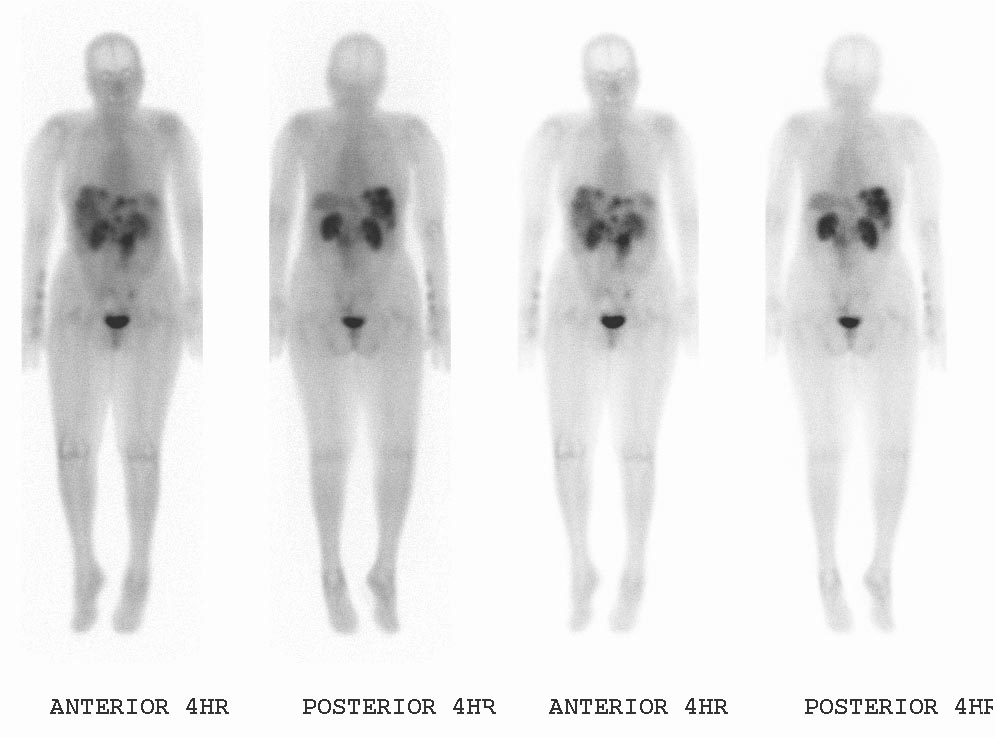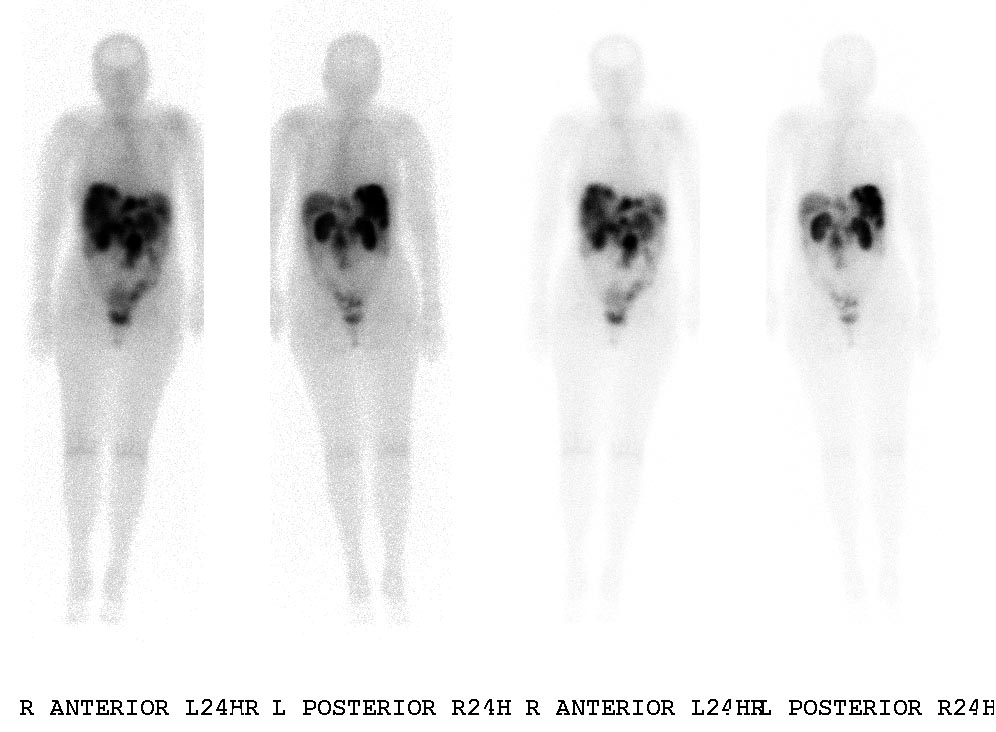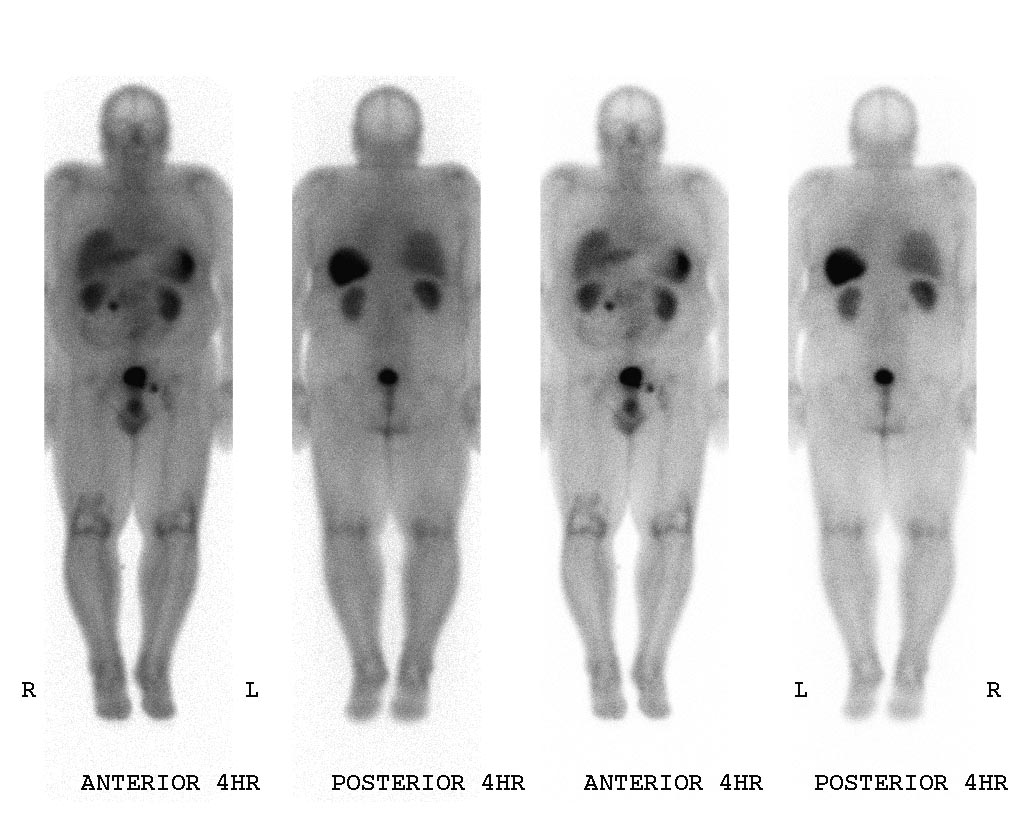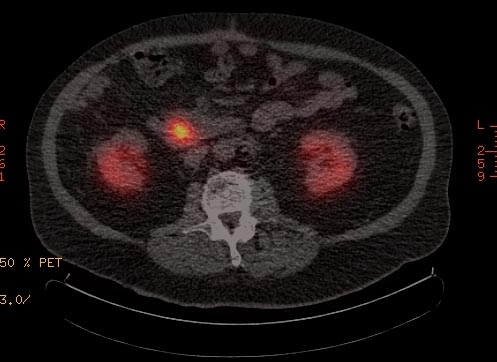Neuroendocrine tumors other imaging findings: Difference between revisions
No edit summary |
No edit summary |
||
| Line 1: | Line 1: | ||
__NOTOC__ | __NOTOC__ | ||
Please help WikiDoc by adding more content here. It's easy! Click [[Help:How_to_Edit_a_Page|here]] to learn about editing. | |||
{{Neuroendocrine tumors}} | {{Neuroendocrine tumors}} | ||
{{CMG}} | {{CMG}} | ||
== Overview == | == Overview == | ||
==Other Imaging Findings== | ==Other Imaging Findings== | ||
===Octreoscan=== | ===Octreoscan=== | ||
| Line 33: | Line 32: | ||
==References== | ==References== | ||
{{Reflist|2}} | {{Reflist|2}} | ||
[[Category:Needs content]] | |||
[[Category:Disease]] | |||
[[Category:Oncology]] | |||
[[Category:Endocrinology]] | |||
{{WH}} | {{WH}} | ||
{{WS}} | {{WS}} | ||
Revision as of 18:30, 10 September 2012
Please help WikiDoc by adding more content here. It's easy! Click here to learn about editing.
|
Neuroendocrine tumors Microchapters |
Editor-In-Chief: C. Michael Gibson, M.S., M.D. [1]
Overview
Other Imaging Findings
Octreoscan
The diagnostic procedure that utilizes a somatostatin analog is the OctreoScan, also called somatostatin receptor scintigraphy (SRS or SSRS): a patient is injected with octreotide chemically bound to a radioactive substance, often indium-111; for those patients whose tumor cells are avid for octreotide, a radiation-sensitive scan can then indicate the locations of the larger lesions.
An OctreoScan is a relatively crude test that generates subjective results.





PET-CT Scan
A gallium-68 receptor PET-CT, integrating a PET image with a CT image, is much more senstitive than an OctreoScan, and it generates objective (quantified) results in the form of a standardized uptake value (SUV).